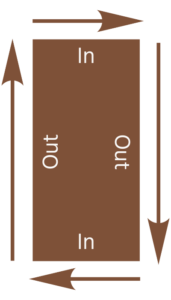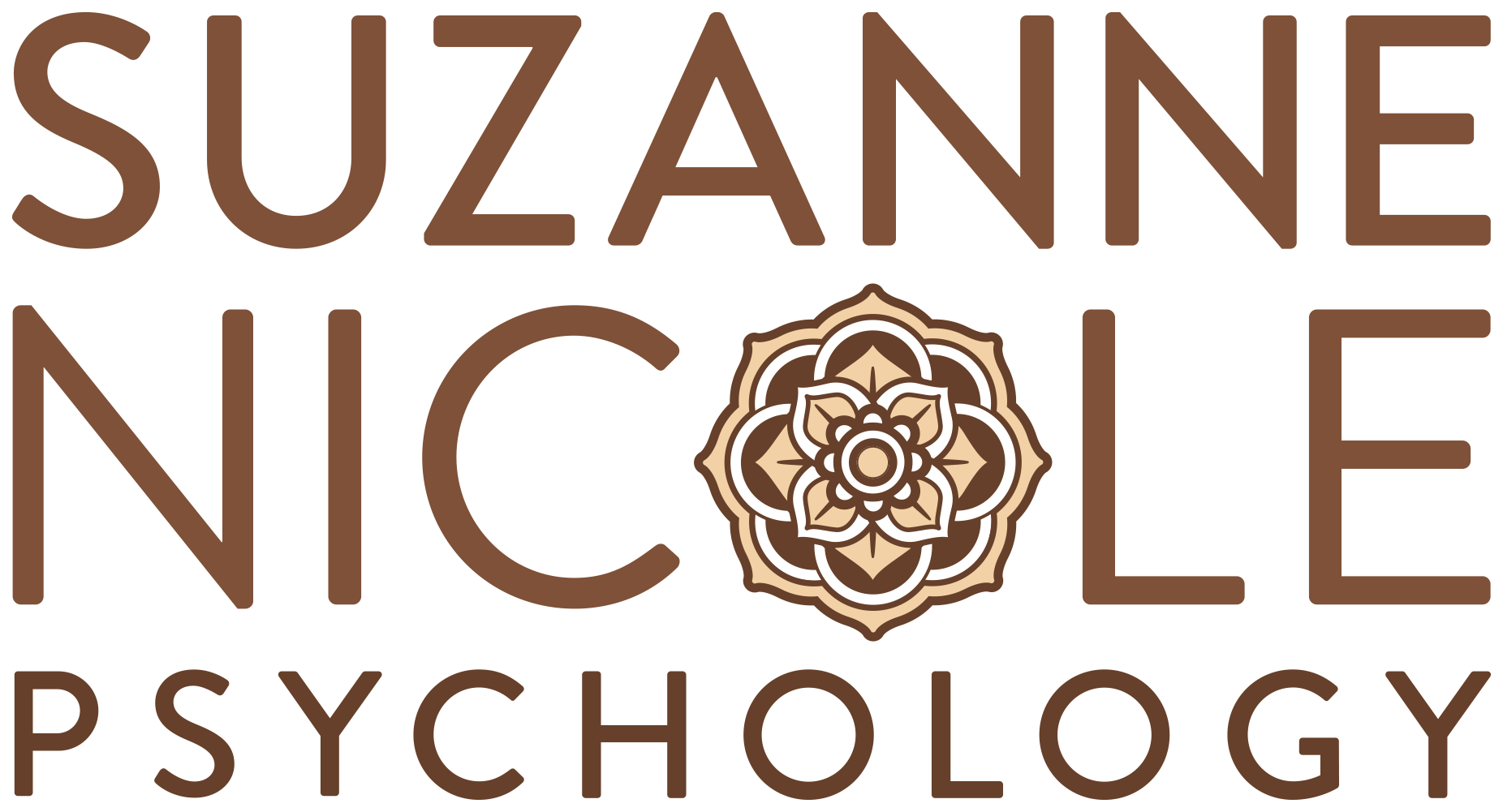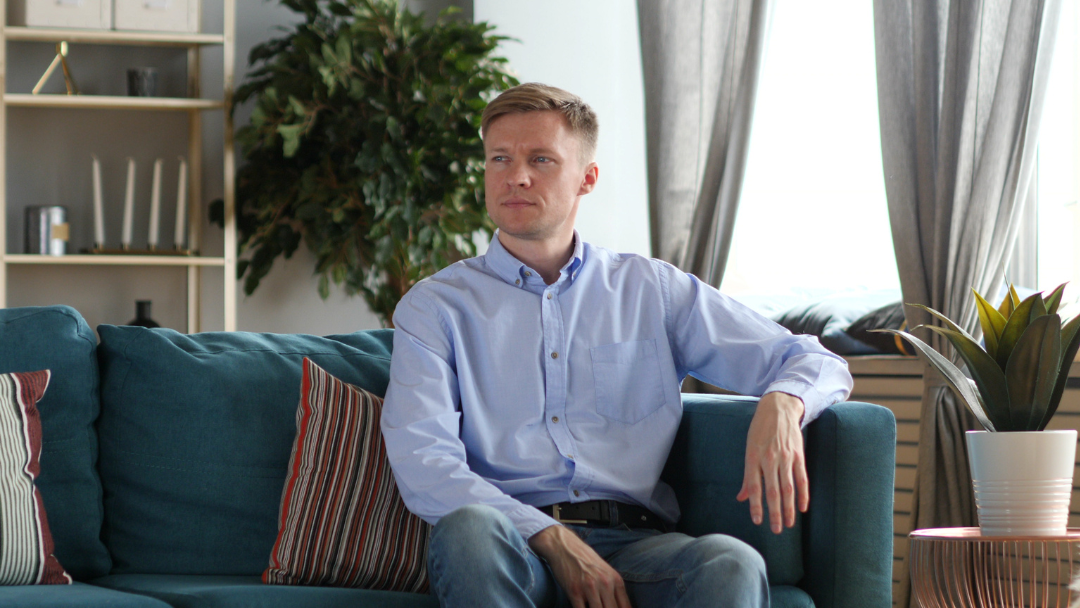A gentle note before we begin:
I’m going to share something a very dear colleague of mine – Dr Melissa Harte – invented – called Safe Place and Grounding. It’s a visualisation I use all the time in therapy, to support grounding, self-soothing and emotional safety. However, I’ve changed it ever so slightly, because for many trauma survivors, feeling safe can be hard. So, I’ve adapted it to The Healing Place. This exercise is about finding or creating even a tiny pocket of healing, real or imagined.
With that said, bringing awareness internally can sometimes bring up difficult or scary emotions. If just reading the prospect of doing so makes you feel uneasy, or if you try the exercise, and notice yourself feeling overwhelmed, anxious, or disconnected at any point, please stop practicing. Come back to your current surroundings. You can try placing your hands on a solid surface, and gently say things you can see, feel the textures and say out loud – how do they feel, talk about the colours, talk about the differences you notice as you examine the object. The idea here is to refocus your awareness on the environment you’re in.
This practice is meant to feel calming and supportive — nothing more, and nothing forced. If something about it doesn’t feel right for you, or if your body gives you a sense that it’s too much today, that’s important information. You can stop. You haven’t failed. There’s nothing wrong with you. Some nervous systems need more gentle steps, and that’s okay. Trust that. Honour that.
If you’re already working with a therapist, you might choose to explore this together. And if you’re not, but something in you feels stirred, tender or unsure after reading this — please know you’re not alone. You deserve support that meets you right where you are.
A simple practice to help you feel more grounded and present
When you feel anxious, disconnected, or low, it can be really hard to reduce your anxiety, to come back to the present, or to life your mood. This practice, adapted from Dr. Melissa Harte’s “Grounding and safe place” technique (which I’ve renamed the Healing Place), is a really simple and gentle way to do that.
The technique is designed to:
-
Help reduce dissociation, anxiety, and emotional overwhelm
-
Support calm, presence, and nervous system regulation
-
Be used both in moments of need and as a regular habit
The more you practice, the more quickly your body will be able to access a sense of inner calm. Over time, it can become a powerful tool that you can use again and again.
The Healing Place, a step-by-step guide
Step One: Start with your breath
- Gently close your eyes (if it feels safe to).
- Take a few slow breaths.
- Bring your attention to the in-breath, and the out-breath.
- Begin to lengthen your out breath slightly — just a little longer than your in breath.
- You might like to use rectangle breathing

Rectangle breathing: imagine the shape of a rectangle as you breathe — allowing one side (your exhale) to be longer than the other (your inhale). Breathe in gently through your nose, and breathe out through your mouth with a soft, audible sigh. Let each breath grow gradually longer than the last, without strain — just easing your way into a slower rhythm.
Step Two: Ground your body
- Feel your back resting against the chair (or pillow, cushion etc).
- Notice your legs against the chair (or bed etc.)
- Notice your hands in your lap (or wherever they are resting).
- Feel your feet on the floor.
- Now be aware of your whole body.
Step Three: Create your Healing Place
- Now, in your mind’s eye, begin to create a healing place. This place might be a magical place, a place in the clouds, a special place in nature, a hidden cabin in the woods, a cosy room, a bookstore or library, somewhere you once went on holidays or even a warm glowing bubble. It can be anywhere you can imagine, as long as it feels healing, and just right for you.
- Your Healing Place is somewhere where no-one wants anything from you, somewhere you can simply be, somewhere you can receive healing.
- In your healing place, imagine all the things you need to heal. Here are some ideas to get your imagination sparked:
-
a comfortable bed with cushions and doonas, or a comfy chair.
-
a fire, heater or the sun
-
healing tea or drinks
-
heat packs for your chest or belly
-
a transparent bubble, the colour of your choice, that encapsulates the place, protecting it from the real world
-
a special tent or cave you can crawl into
-
magical items, like healing liquid, healing lights, protective shields, protective spirits or animal guides, books of wisdom
-
you may want to make time stand still
Step Four: Get to know your Healing Place by engaging your senses
- Look – What can you see? Look close and far away
- Listen – What can you hear? Are there sounds, or silence?
- Smell – What can you smell?
- Feel – What is the temperature like in there? Feel it on your skin? Is there any breeze, warmth etc
Your Healing Place is yours – it can evolve over time – and it’s available to visit whenever you need it. It doesn’t have to be perfect, or vivid (it can just be a vague sense), and it doesn’t have to work right away. Just beginning to imagine a space like this is healing in itself. If you regularly practice this, over time, your body will learn to calm more easily and you will have an excellent tool for self-soothing.
Disclaimer: This email is for general educational purposes only. It is not a substitute for mental health care. Please seek support from a qualified practitioner if you are experiencing distress or need personalised assistance.

